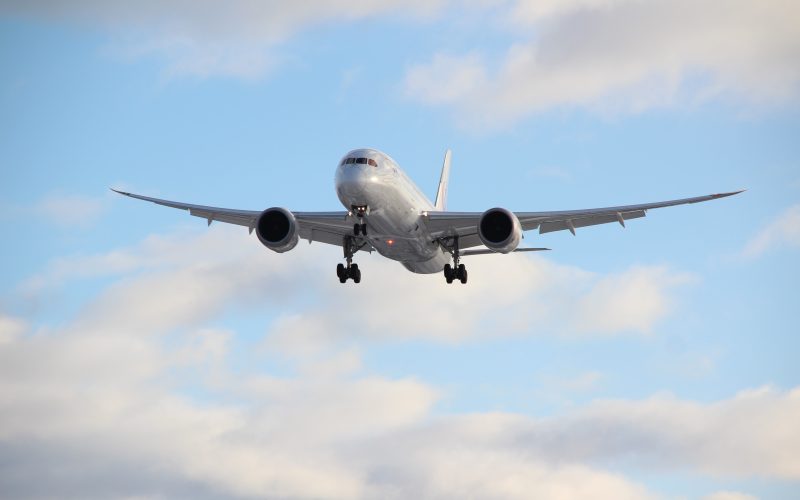Every week, thousands of people take to the skies and fly across the world on airplanes. But what most people don’t realize is that running an airline is no easy feat, especially in times of economic uncertainty. Airlines have to be agile and creative in order to stay competitive and profitable in a highly competitive market. So how do they manage to stay afloat? In this blog post, we will explore how airlines defy economic gravity by implementing innovative strategies that help them remain profitable even when the economy takes a nose dive. From cost-cutting plans to changes in customer service and more, read on to learn how airlines are managing to stay in the air.
The airline industry’s history of deregulation
The U.S. airline industry has a long history of deregulation, dating back to the 1978 Airline Deregulation Act. This law removed many of the government’s controls over airlines, including fare levels and routes. The results have been mixed, with some good and some bad outcomes for consumers.
On the plus side, deregulation has led to more competition among airlines and lower fares for passengers. It has also made flying more convenient, with more direct flights and more flight options overall. On the downside, however, deregulation has also led to more consolidation in the industry, as smaller airlines have been bought up by larger ones. This has resulted in fewer choices for travelers and higher fares in many markets.
The jury is still out on whether deregulation has been good or bad for the airline industry overall. But one thing is certain: it has made flying much more affordable for millions of people around the world.
The current state of the airline industry
The airline industry has been in a state of flux in recent years. A combination of factors – including high fuel prices, the global economic downturn and increased competition from low-cost carriers – have put pressure on airlines’ profitability. In response, many airlines have introduced new fees for services that were once free, such as checked baggage and in-flight meals. At the same time, they have cut back on spending, such as by reducing the number of flights and routes they operate.
Despite these challenges, the airline industry is still flying high. In fact, it is expected to generate $819 billion in revenue this year – a 5% increase from 2017. This growth is being driven by a number of factors, including strong demand from business and leisure travelers and an increase in air cargo traffic. Airlines are also benefiting from continued consolidation – which has helped them to become more efficient and to better compete against their rivals.
So while the airline industry faces some headwinds, it remains a strong and growing sector of the global economy.
Why airlines are struggling
In recent years, airlines have been hit hard by a number of factors, including high fuel costs, the global recession, and increased competition from low-cost carriers. These factors have led to bankruptcies and consolidation in the industry, and many airlines are struggling to survive.
Fuel costs are one of the biggest challenges facing airlines today. Jet fuel is a major expense for airlines, and prices have been on the rise in recent years. In addition, the global recession has led to decreased demand for air travel, which has put pressure on airlines’ revenues.
Competition from low-cost carriers is another challenge that airlines are facing. These carriers offer cheaper fares than traditional airlines, and they are often able to attract passengers away from the bigger carriers. As a result, some of the larger airlines have had to reduce their fares in order to compete.
All of these factors have put pressure on airline profits, and many carriers are struggling to stay afloat. In order to survive, airlines have had to make some tough decisions, including cutting routes, reducing capacity, and laying off workers. Although these measures may help them stay in business in the short-term, it remains to be seen whether they will be able to prosper in the long-term.
What the future of the airline industry looks like
The future of the airline industry looks bright, despite the current economic conditions. Airlines are expected to continue to grow in popularity, as they offer a convenient and affordable way to travel. The industry is also forecast to become more competitive, with new airlines entering the market and existing airlines expanding their operations. This will likely lead to lower prices and more options for consumers.
Conclusion
The airline industry is a complex and ever-changing environment, but it’s no less impressive for that. By analyzing their costs, managing their assets effectively and leveraging technology to increase efficiency, airlines have defied economic gravity by staying in the air year after year. Even when faced with external challenges like times of crisis or difficult market conditions, airlines are able to adjust quickly and keep flying high.












